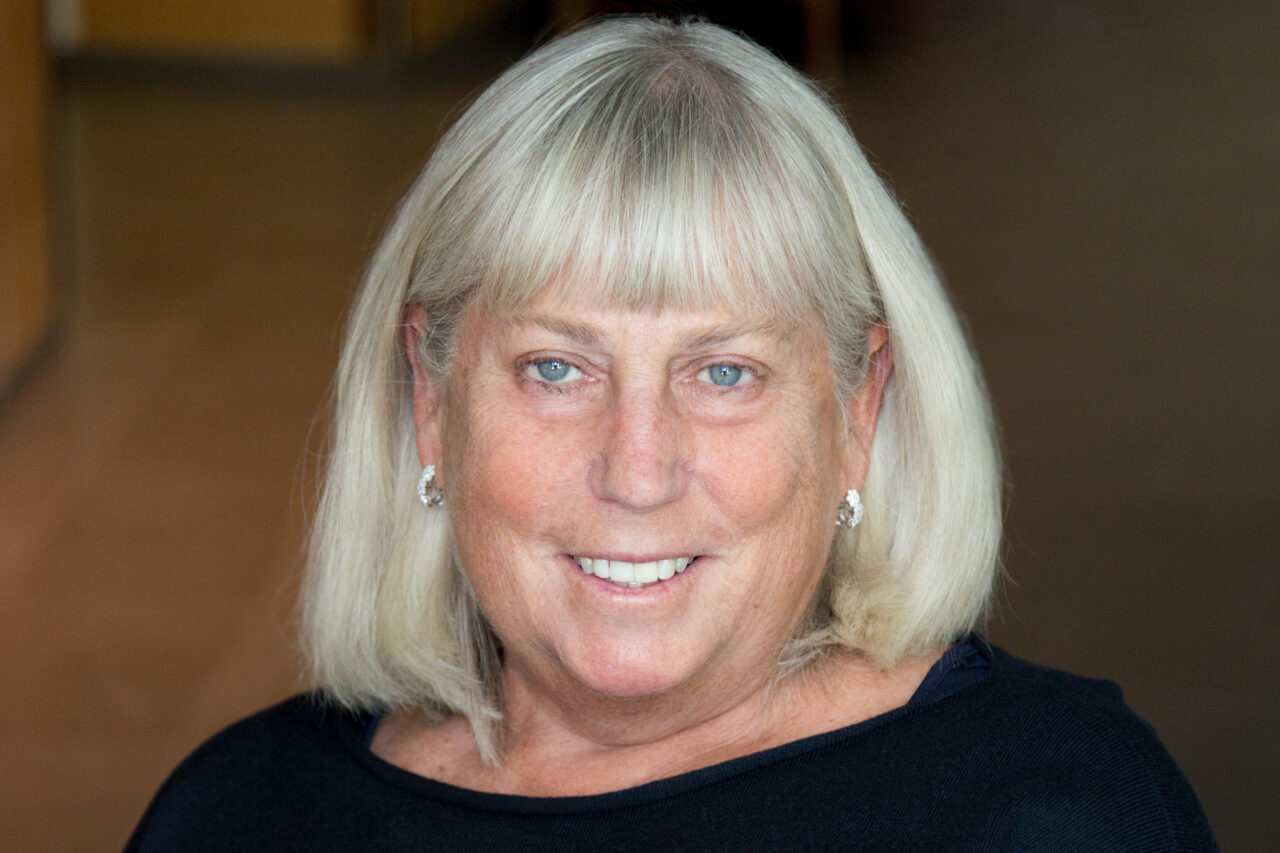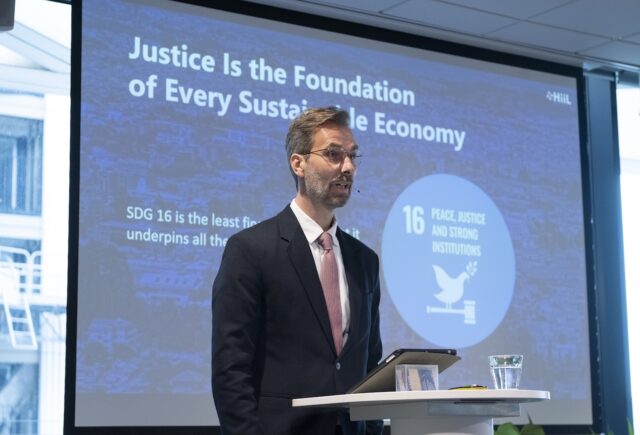In her book ‘Greed Gone Good’, Jane Elizabeth Hughes sketches a bright future for impact investing in the post-COVID world, one where innovative bonds and a focus on women provide a lot of the answers

In brief
- The arguments for impact investing are loud and clear – the failure of foreign aid, the inequalities of capitalism and the dead end that socialism offers
- The author promises to examine impact investing with a critical eye, though only microfinance really comes under her microscope
- COVID is “a crisis too good to waste”. It has illustrated just how much needs to be done, and perhaps pointed to what Hughes calls “the silver bullets”: investing in women and innovation in bonds
Jane Elizabeth Hughes knows all about social bonds, having served as a consultant to the Asian Development Bank and Inter-American Development Bank.
She is also a Professor at Simmons University School of Business, and a former director at Social Finance US, and therefore well qualified to make the case for impact investing.

She says: “The impact movement owes its birth in part to the failure of other approaches.” One of “the most startling aspects of decades and billions of dollars of development aid is the disappointing results”.
In addition, she believes “bottom-line capitalism has failed. As columnist Thomas Friedman wrote, greed and globalization have broken the world.”
In her book, she notes the “dismal failure” of socialism. “There is really no rational argument for socialism as a road to prosperity—history categorically refutes that.”
Rather she argues, the “foul twisting of capitalism by such rogue players as Enron, WorldCom, Volkswagen, and Wells Fargo is a gross misinterpretation, not an indictment, of the system. They are proof that capitalism must be reformed and rechannelled—not that capitalism itself is unacceptable”.
Microfinance critic
Not that Hughes is a blind optimist. “Cheerleaders have written a number of books advocating the magic of impact finance. Greed Gone Good hopes for the magic too, but also believes that an uncritical eye does not effectively advance the cause. We could hold hands and sing Kumbaya in praise of impact finance; or we could employ constructive criticism to figure out what’s gone well and what hasn’t.”
Having said that, there’s very little criticism apart from microfinance. She points to crises in Bosnia, Nicaragua, and Morocco, and discusses Andhra Pradesh, where a spate of farmer suicides were blamed on aggressive lending practices.
She cites “the controversial (and depressing) documentary “The Micro Debt,” which followed one of the early microfinance recipients, Sufiya Begum, and suggested she in fact “died in abject poverty in 1998, and her sad fate echoed the failure of microfinance to produce meaningful positive change for a great many of its borrowers”.
However, Hughes stresses there are some valuable lessons from microfinance, but it also has limitations. She writes: “Can we really expect to give illiterate women with no land and a lifetime of wounds a small loan, and expect them all to blossom into successful entrepreneurs?”
‘Silver bullets’
Hughes very much believes that investing in women can be a silver bullet to catalyse broader development within a community and society.
“Common sense alone tells us that education, especially educating girls, is worth more to society than lending more money to poor women.”
COVID has made this truth even clearer to Hughes, and the pandemic features large in this book, in a positive way, stressing the determination shared by all participants in financial markets to “build back better”.
“COVID-19 has laid bare the excesses of poverty and inequality worldwide,” and exposed the shortcomings of globalisation to a “horrifying degree”.
Given Hughes’s background it is no surprise that impact bonds are her preferred solution to overcome these obstacles and mitigate risks. She believes that, while the pandemic will fade away, one lasting impact “may well be its catalytic effect on the development of ESG bonds, particularly Social Bonds, worldwide”.
She celebrates bonds “all colours of the rainbow”, and notes that although the ESG bond market is still dominated by green, social and sustainability bonds, other categories are being introduced, including pay-for-success instruments, disaster bonds, and diaspora bonds.
Ultimately this is indeed a very optimistic book. “The single greatest misconception about impact investing is the notion that investors have to give up return in order to achieve social good. The bad news is that this belief is widespread; the good news is that it is a misconception.”
“There’s no historical track record for impact investing.” Though at least “the field is still in a steep learning curve phase so future investments will almost certainly perform much better than in the past.”
Let’s hope.





